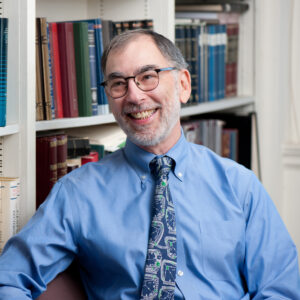
The People Step Up
Mar 8, 2024 By Robert Harris | Commentary | Shabbat Shekalim | Vayak-hel
By this point in the Book of Exodus, the story outlines are probably familiar: the people—having been redeemed from Egypt and covenanted with God on Mt. Sinai, and having already sinned a terrible sin by building the Golden Calf—respond to God’s detailed instructions to build a Tabernacle by donating so generously that the collection of the material with which to construct the sanctuary has to be stopped midway, even as the people are still in the process of donating.
Read More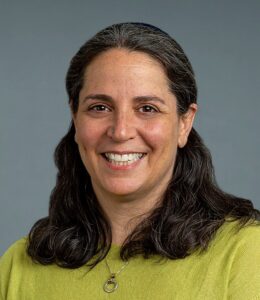
Making Space for God’s Presence
Mar 17, 2023 By Kara Tav | Commentary | Pekudei | Shabbat Hahodesh | Vayak-hel
Our rededication of the hospital’s ICU echoed for me the original Jewish sacred space described in the Book of Exodus. The double Torah reading for Vayak-hel and Pekudei provides God’s blueprint for a traveling sacred space that the Israelites would build during their journey through the wilderness. As they travelled, they would carry a place for the presence of God and for revelatory encounters between God and the high priests on behalf of the people. It would be a space for doing sacred work and for being with God.
Read More
The Sanctity of the Schoolroom
Feb 25, 2022 By Ofra Arieli Backenroth | Commentary | Shabbat Shekalim | Vayak-hel
In the Poetics of Space, Gaston Bachelard (1884–1962) highlights the importance of the home for each of us: “The house, even more than the landscape, is a “psychic state,” and even when reproduced as it appears from the outside, it bespeaks intimacy” (72). This week’s parashah speaks about building a home—a home for God. Reading the description of this process underscores for me, an educator and a scholar of the arts, the importance of aesthetics and beauty in what we study, the manner in which we study, and above all, the spaces where we study.
Read More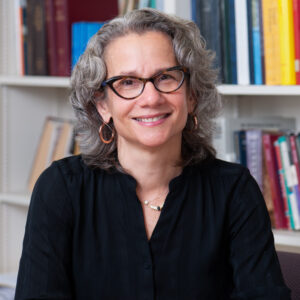
Holy Bling
Mar 12, 2021 By Amy Kalmanofsky | Commentary | Pekudei | Vayak-hel
I loved rummaging through my grandmother’s jewelry. To my child’s eye, her jewelry box was a treasure chest filled with sparkling gems, pearls, and gold. All “paste,” I learned, but to me they were the crown jewels.
Read More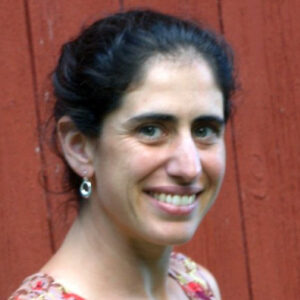
Those Whose Hearts Lift Them
Mar 18, 2020 By Nicole Wilson-Spiro | Commentary | Pekudei | Vayak-hel
When I lived in South Philly, I fell in love with the Mummers, an annual parade and show on New Year’s Day and part of the fabric of the neighborhood throughout the year. Mummers dress in elaborate costumes and “strut” down Broad Street, while playing music and handing out beaded necklaces and New Year’s greetings to enthusiastic crowds. While some Mummers merely enjoy the opportunity to cavort in silly costumes in various stages of drunkenness, other Mummers clubs are intensely competitive, guarding the secret of their yearly themes with a vengeance and working throughout the year to prepare a spectacle.

Bezalel and Oholiav: Models Then, Models Now
Mar 1, 2019 By Matthew Berkowitz | Commentary | Vayak-hel
Parashat Vayak-hel is replete with the material details of the Tabernacle and its wares. This sacred building project becomes the focus of Israelite energy in the latter part of the Book of Exodus. But more than the project itself is the quality of the people behind it. Vayak-hel pointedly and poetically reintroduces us to Bezalel and Oholiav, the master artisans responsible for the construction of the Tabernacle and its appurtenances. What makes these two individuals worthy of this sacred task?
Read More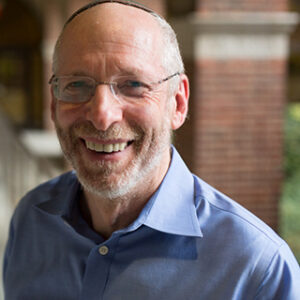
The Give and Take of Strength
Mar 9, 2018 By Eliezer B. Diamond | Commentary | Pekudei | Vayak-hel
Rituals of closure are common in both the secular and religious realms. An example of the first is the sounding of retreat and the lowering of the flag marking the end of the official duty day on military installations. An instance of the second is the siyyum, a liturgical ritual and festive meal that is occasioned by the completion of the study of a Talmudic tractate. Closure rituals relate not only to the past but to the future as well. On the one hand, the temporal demarcation of a past event facilitates the emergence of its distinct identity, internal coherence, and significance, thereby providing insight, understanding, and, at times, a sense of accomplishment. At the same time, by declaring an end, a closure ritual creates space in which one can—and must—begin anew; the past is to be neither prison nor refuge.
Read More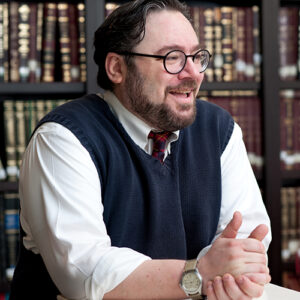
The Sanctuary and the Bomb
Mar 24, 2017 By Marcus Mordecai Schwartz | Commentary | Pekudei | Vayak-hel
The US gave the codename “Ivy Mike” to its first full-scale experimental thermonuclear device. Designed by of two the century’s most significant nuclear scientists, Stanisław Ulam and Edward Teller, Mike’s design was a strangely beautiful one. As historian Richard Rhodes wrote in Dark Sun: The Making of the Hydrogen Bomb: “Steel, lead, waxy polyethylene, purple-black uranium, gold leaf, copper, stainless steel, plutonium, a breath of tritium, silvery deuterium effervescent as a sea wake: Mike was a temple, tragically solomonic, invoking the powers that fire the sun.”



